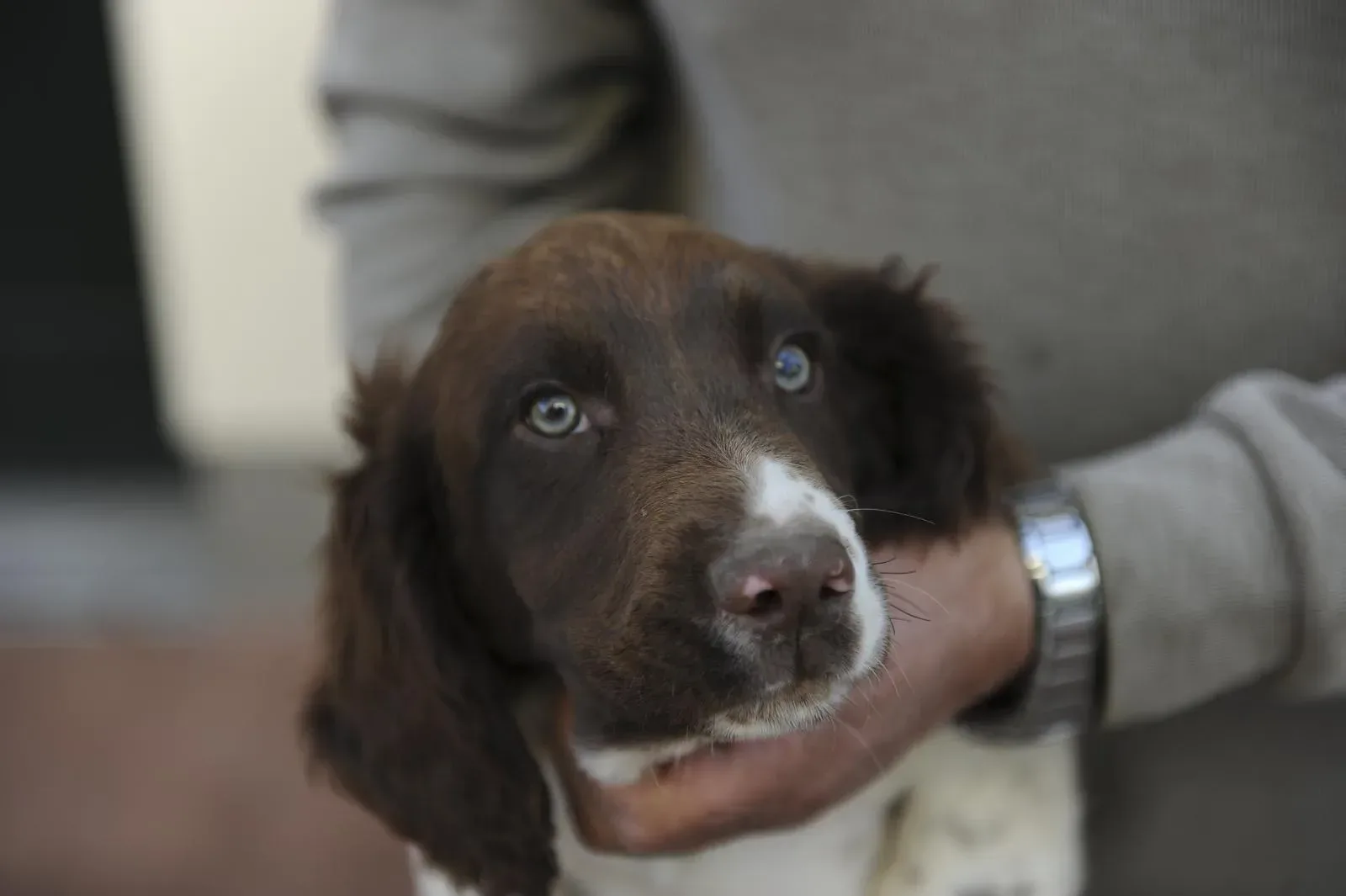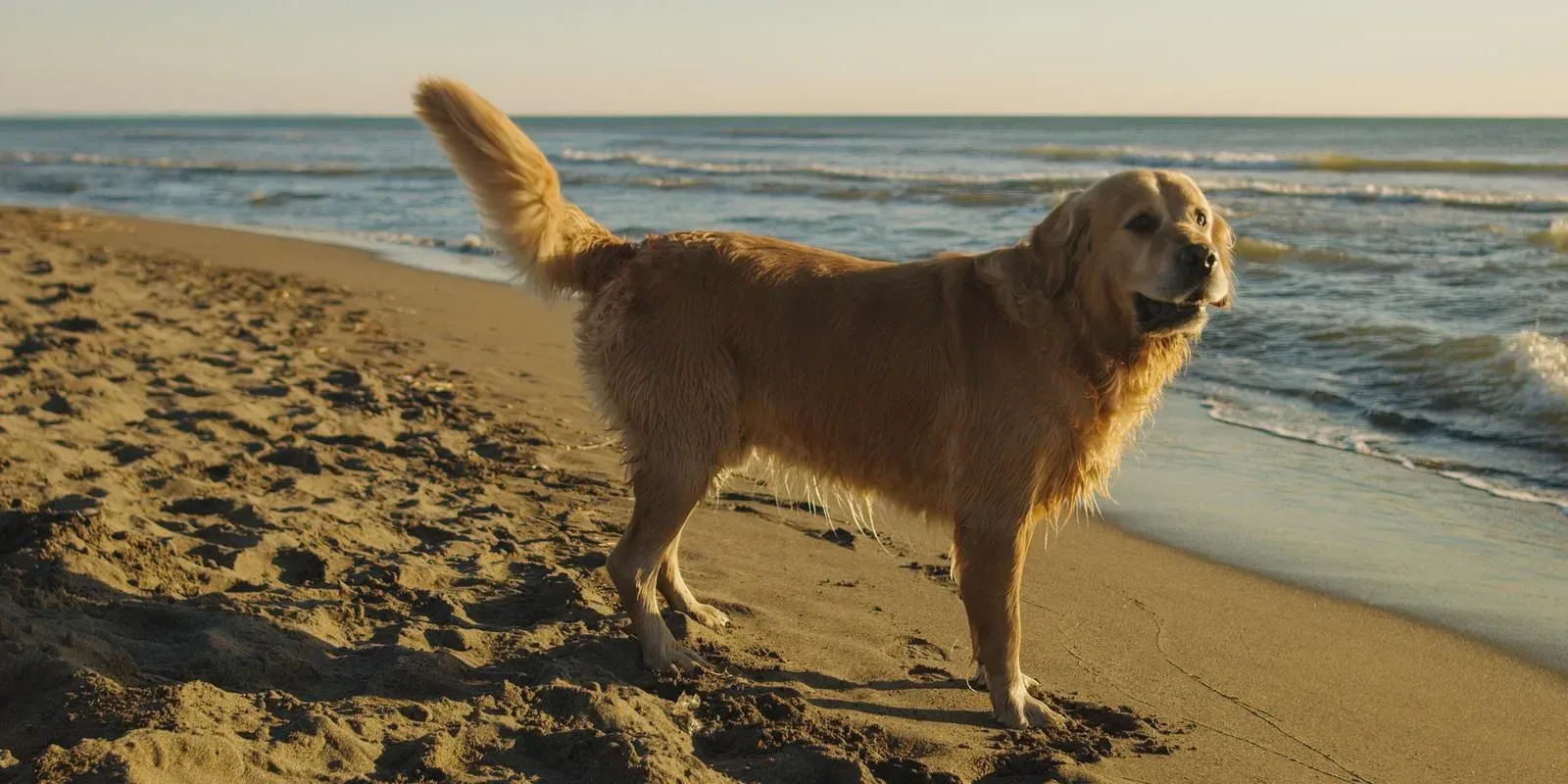
How to basenji training – dog breed
If you are thinking about getting a Basenji as a pet, you might be wondering how to train them. Although the Basenji is a sighthound, its high prey drive makes it difficult to train. However, with the right tools and training methods, you can make them more obedient and less difficult to control. Here are some tips for training the Basenji. First of all, train your dog to respond when you call them. Use treats and praise when training. The Basenji’s intelligence and curiosity can lead to distress if not reined in.
Basenjis are a sighthound
Basenjis are a sighthound dog, meaning they have a keen sense of direction and an extremely sharp mind. However, these dogs can be aloof and stubborn. They don’t always listen to your commands, and can be extremely untrusting around strangers. They’re not ideal for households with young children, and require plenty of attention from their owners. However, these dogs are generally good with other animals, including cats.
While the Basenji is a sighthound dog, they’re also great at lure coursing, a sport that requires a good sense of smell and fast running. While this breed can’t compete in sighthound races, it’s possible to train them for other activities. Advanced obedience training and tricks training are great ways to use their energy and keep their minds active. Listed below are some other activities that they’re good at.
A basenji’s lifespan is 12-14 years. However, they may live up to half that. Basenjis don’t require a lot of food, but a cup of good-quality dry food a day is adequate for an adult Basenji. The amount of food needed can vary depending on the breed’s activity level and metabolism. Although basenjis can get into mischief, they are generally good with children.
Although Basenjis make great family dogs, owners should know what they’re getting into before adopting them. These dogs are highly intelligent, but can become bored with training. As a sighthound, they need plenty of mental and physical stimulation. Therefore, training them can be challenging but can be very rewarding. If you’re looking for a dog with high energy and intelligence, Basenjis are for you!
They have a high prey drive
The Basenji is an ancient African sighthound. Its intelligence and drive for prey match its high energy and stubbornness. Like all sighthounds, they love to climb trees and exhibit a high prey drive. This canine also exhibits vocalization, including yodels and howls. A typical Basenji will grow to be 16 to 17 inches tall and weigh between 22 and 24 pounds.
The Basenji’s high prey drive can make training your dog difficult. You should work on teaching your puppy to heel, which is the act of walking without pulling. Once you have taught him this behavior, you can move on to teaching him to behave off leash. If your Basenji has this trait, he’ll likely chase squirrels and other small animals. You’ll need to give him a lot of attention and be willing to take him out regularly to exercise and bond.
A good time to begin socializing your Basenji is when they are young. Basenjis do well with other dogs and can live in a household with other dogs, although early socialization is highly recommended. Although they can get along with cats if socialized young, they’re not a good choice with small animals. If you’re thinking of getting one of these dogs, make sure you know everything about them.
Although this characteristic is common in most dogs, Basenjis are especially sensitive to the sounds of small animals. Even when they’re small, Basenjis may chase a cat or other pet. This may sound like a good thing, but your Basenji won’t do well with small pets. This can be a problem, especially if your home includes a cat or a small dog.
They are obstinate
The Basenji is a smart and stubborn breed of dog. You might be surprised to learn that this breed isn’t as eager to please as you think. It may know what you’re saying but just won’t follow it. You may not have the patience for extensive training because the Basenjis’ intelligence is mostly used to attract attention and get what they want. Here are some tips for training this breed.
The Basenji has short, fine fur and white feet, chest, and tail tip. These dogs can be rich chestnut red, black, tricolor, brindle, and white. Basenjis are also known to be spotted with white on their chest and legs, and white in their neck and eyes. As you can see, this breed is very intelligent, so if you’re training one of these canines, you’ll have to have firm leadership skills.
While training a Basenji, make sure you keep him or her busy and on the leash. They need constant leadership or else they’ll become bored and chew up your home. If you leave your dog alone for too long, it might chew up furniture and walls, climb trees, and destroy things. If you leave him or her unattended, he’ll probably chase anything that moves. You need to be there to keep him or her occupied, as they don’t like to stay alone.
If you’re not a patient person, you can always try positive training with a Basenji. Although they aren’t as responsive to praise and affection, the rewards are worth it in the end. Positive training isn’t enough, since a Basenji has an innate desire to pursue its goals. It’s also worth noting that Basenjis can be very aggressive towards other dogs of the same gender, and they can be vicious if you force them to.
They can be difficult to train
Although the Basenji is an intelligent breed, training them can be challenging. They are notorious for being stubborn and will often ignore commands. Even if they know what you want them to do, they won’t follow them. This is because Basenjis use their intelligence to demand attention and get what they want. Consequently, if you’re looking to train a Basenji, you should be prepared to be patient and patiently train him.
The Basenji’s original purpose in life was to flush game into nets for hunters. This breed is known to be more difficult to train than many other hunting breeds. While this breed has a tendency to wander and have its own mind, with some training, you can transform him or her into a fantastic small game hunting companion. Here’s what you should do to make training easier:
First and foremost, you should keep an eye out for signs of predation. While a Basenji’s nose and mouth are extremely sensitive, it may become accustomed to small animals and not respond to commands. When your dog appears to be stalking an animal, it may be a sign that it has spotted prey. If you see this, remove your dog from the situation and take it for a walk.
A basic Basenji training program must begin as soon as you bring home your new puppy. Start taking him to the bathroom outside frequently. Wait for him to pee and reward him afterward. The puppy will soon learn to associate the doorway with the bathroom. Eventually, this will be automatic and he will stop circling if he goes outside without prompting. After he starts to associate going out with toileting, extend the time between potty breaks.
They can be a good fit for apartment living
The basenji is a relatively small breed that doesn’t shed much. But if you don’t have time to groom the coat daily, you may find that the dog is noisy, yodel-y, and destructive, which can be a problem if you’re busy with your work or other responsibilities. A Basenji should be trained to stay by your side when you’re gone, which means he won’t need to be a nuisance in your home. While the Basenji is a good fit for apartment living, he should be given adequate exercise and a lot of socialization.
A Basenji can live well in an apartment, as their short coats don’t shed a lot, which makes them ideal for apartments. A dog with short hair is also an excellent choice for apartment living, as it does not react well to new things in the home. However, it may be difficult to train the dog if he has never lived in an apartment before. Aside from this, the Basenji has been known to be difficult to train and don’t respond well to new things in the house.
One of the disadvantages of Basenjis is that they are pack animals and can’t live alone for long. They’ll develop separation anxiety if they’re not with their pack. So, if you want to keep your dog happy and healthy in your apartment, you’ll need to adopt at least two Basenjis. Bichons on the other hand are ideal for apartment living because they don’t shed, but they’re smaller, which makes them an ideal pet for the city.


